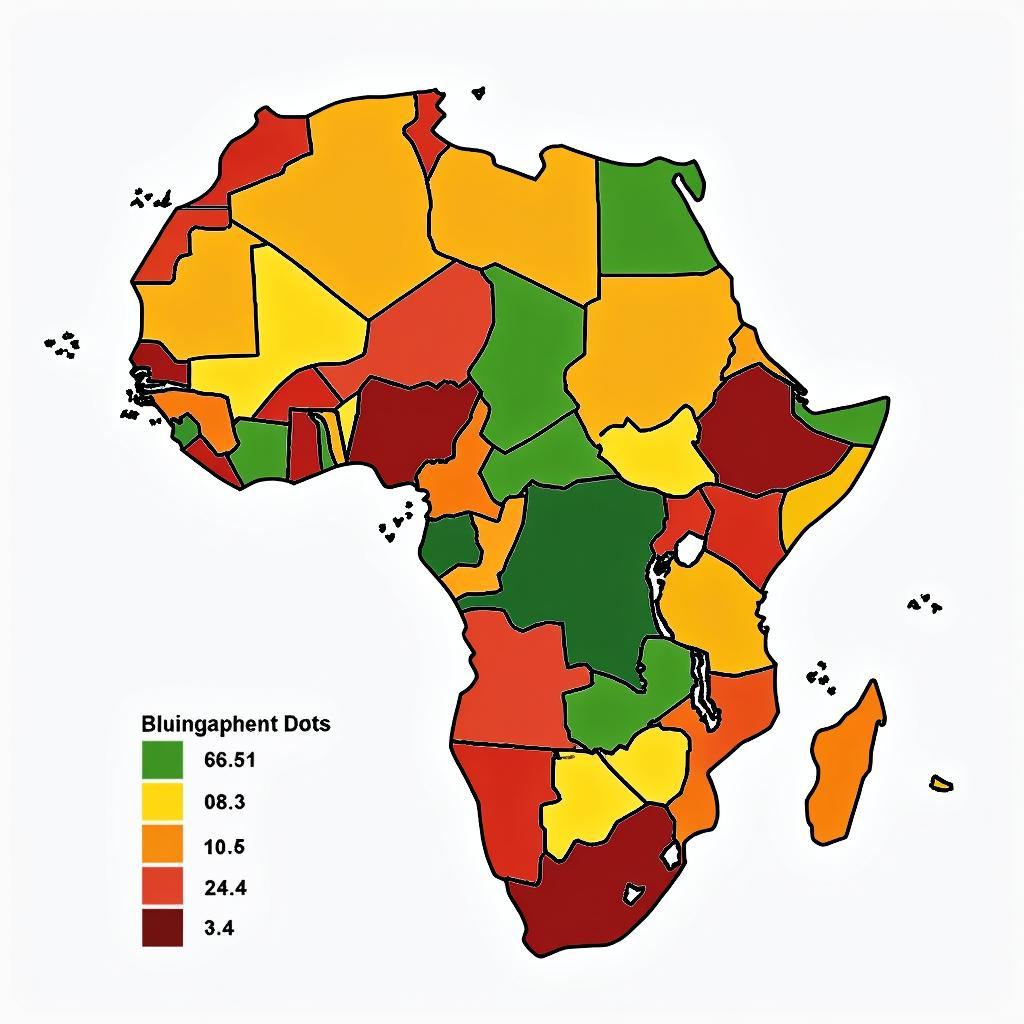Exploring the African Highway: A Journey Through the Continent’s Road Networks
The African Highway network represents more than just roads; it’s a vital artery connecting communities, economies, and cultures across this vast continent. From the bustling Trans-African Highway to smaller, local routes, these roadways tell a story of progress, challenges, and the ongoing evolution of Africa’s infrastructure. Let’s delve into the multifaceted world of the African highway.
Navigating the Trans-African Highway Network
The Trans-African Highway network, an ambitious project envisioned to connect major African cities, is a testament to the continent’s drive for integration and development. This network of nine highways, spanning over 56,683 km, aims to facilitate trade, boost tourism, and foster cross-cultural exchange. While some sections are modern and well-maintained, others present challenges, reminding us of the complexities of infrastructure development in Africa.
Challenges and Triumphs of the Trans-African Highway
Building and maintaining such an extensive road network across diverse terrains and climates is no easy feat. Funding, political instability, and even natural disasters can pose significant hurdles. However, the progress made so far is undeniable. Completed sections of the highway have already significantly impacted local economies, opening up new markets and creating opportunities for communities previously isolated.
The Trans-African Highway isn’t just about connecting cities; it’s about connecting people. This network opens up new avenues for tourism, allowing travelers to experience the diverse landscapes and cultures of Africa. From the Sahara Desert to the lush rainforests, the highway offers a unique perspective on the continent’s beauty. Did you know there are specific guides available for those looking to navigate these routes?
Beyond the Main Arteries: Local Roads and Their Impact
While the Trans-African Highway captures the imagination, it’s the smaller, local roads that often have the most direct impact on daily life. These roads connect villages to towns, farmers to markets, and children to schools. They are the lifeblood of rural communities, facilitating access to essential services and enabling economic activity.
Think about the impact these roads have on healthcare access. In remote areas, well-maintained roads can mean the difference between life and death, enabling quicker access to medical facilities during emergencies. Similarly, for children in rural areas, access to good roads can mean regular attendance at school, paving the way for better education and future opportunities.
What are the Economic Implications of Improved Road Networks?
Improved road infrastructure is a key driver of economic growth in Africa. Efficient transportation networks reduce transport costs, making it easier for businesses to access markets and for goods to reach consumers. This, in turn, stimulates trade, creates jobs, and boosts overall economic activity.
For example, improved road networks can significantly impact agricultural production. Farmers can more easily transport their produce to markets, reducing post-harvest losses and increasing their income. This contributes to food security and enhances the overall agricultural sector. Interested in learning more about the continent’s geography? Check out the African continent map with names.
The Future of African Highways
The future of African highways is filled with both challenges and opportunities. Continued investment in infrastructure is crucial for sustainable development. Innovative approaches to road construction and maintenance, along with regional cooperation, are essential to overcome the existing hurdles.
One promising development is the increased focus on sustainable infrastructure. Building roads that are resilient to climate change and minimize environmental impact is becoming a priority. For instance, some projects are exploring the use of locally sourced materials and incorporating eco-friendly design principles. Perhaps surprisingly, even something like the African children’s choir highway to heaven can indirectly benefit from improved infrastructure.
Conclusion
The African highway, in all its forms, is a powerful symbol of progress and connection. From the transcontinental highways that span vast distances to the local roads that link communities, these networks are vital for Africa’s future. Continued investment and innovation are key to unlocking the full potential of the African highway and driving sustainable development across the continent. Are you interested in knowing the 3 45 am South African time?
FAQ
- What is the longest highway in Africa?
- How does the Trans-African Highway network impact trade?
- What are the main challenges in developing road infrastructure in Africa?
- How can improved roads benefit rural communities?
- What is the role of technology in the future of African highways?
- What are some examples of sustainable road construction in Africa?
- How can tourists explore Africa using the highway network?
Suggested Questions:
- What are the best routes for a road trip across Africa?
- How can I plan a trip along the Trans-African Highway?
- What are the safety considerations for driving on African highways?
Suggested Articles:
- “Navigating the Trans-African Highway: A Comprehensive Guide”
- “The Impact of Road Infrastructure on African Economies”
- “Sustainable Road Construction in Africa: Best Practices and Innovations”
- You can find more information on African grocery store Atlanta.
- Explore different countries with African countries bordering inid.
When you need assistance, please contact us via Phone: +255768904061, Email: [email protected] or visit us at Mbarali DC Mawindi, Kangaga, Tanzania. Our customer support team is available 24/7.


